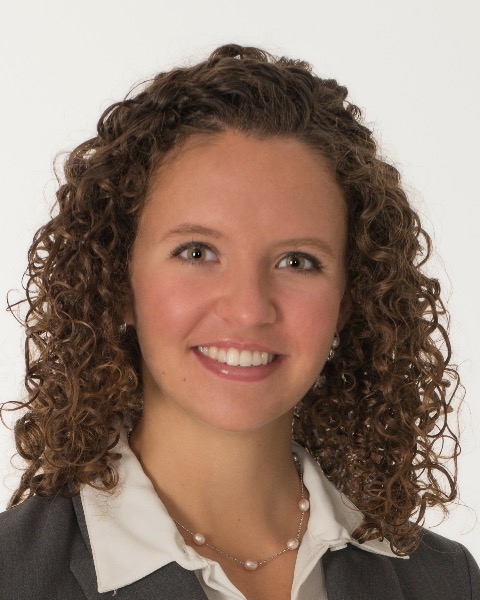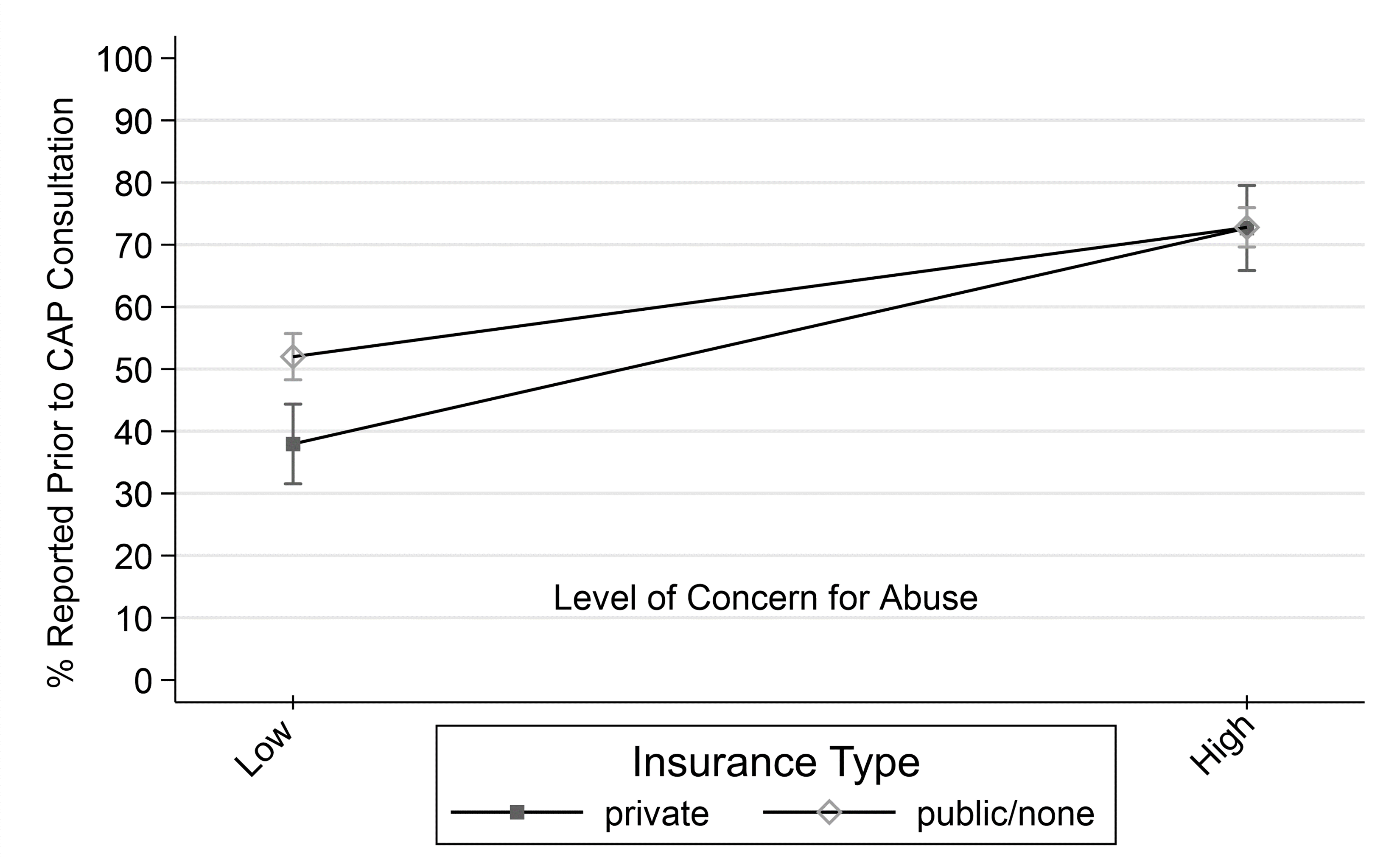Child Abuse & Neglect
Child Abuse & Neglect 1
601 - Predictors of Reporting to Child Protective Services Prior to Expert Consultation
Publication Number: 601.103

Irene Hamlin, Bachelor of Arts (she/her/hers)
Medical Student
Perelman School of Medicine at the University of Pennsylvania
Philadelphia, Pennsylvania, United States.jpg)
Joanne Wood, MD, MSHP (she/her/hers)
Associate Professor
Children’s Hospital of Philadelphia
Ardmore, Pennsylvania, United States
Presenting Author(s)
Co-Author(s)
Background: Racial and sociodemographic disparities exist in decisions to report possible physical abuse to child protective services (CPS). Child Abuse Pediatricians (CAPs) often estimate a low risk for abuse after being consulted, so early CAP input may reduce avoidable reports. No prior work has evaluated the factors associated with CPS reports made prior to CAP consultation or the potential impact of CAP consultation on reporting.
Objective:
To investigate the association of patient demographic characteristics (age, race/ethnicity, insurance), caregiver social factors (prior CPS involvement, mental health diagnoses, and intimate partner violence [IPV]), clinical care characteristics (near-fatality designation, hospital transfer, and highest level of care) and hospital with the presence of a report made to CPS prior to consultation by the CAP.
Design/Methods: Children under 5 years-old undergoing in-person CAP consultation for suspected physical abuse from February 2021 through April 2022 were identified in CAPNET, a multicenter child abuse research network. Children were excluded if they were referred to the CAP by CPS or law enforcement, evaluated in the outpatient setting or evaluated because they were a sibling or household contact of a suspected abuse victim. Marginal standardization implemented with logistic regression analysis was used to examine hospital-level variation and identify demographic, social, and clinical factors associated with reporting to CPS prior to CAP consultation while adjusting for the CAP’s assessment of the likelihood of abuse.
Results: Among the 61% (1005) of 1657 cases reported to CPS prior to CAP consultation, the CAP consultant had low concern for abuse in 38% (384) (Table 1). The adjusted percentage of children reported prior to consultation ranged from 27% to 74% across 10 hospitals (P < 0.001). In multivariate analyses, the following were associated with reporting prior to CAP consultation: public insurance, caregiver history of prior CPS involvement, history of IPV, higher level of CAP concern for abuse, hospital transfer, and near-fatality designation (all P< 0.05, Table 2). These associations became more pronounced when analyses were limited to children with low concern for abuse (score < 4). The difference in reporting prevalence for children with public versus private insurance (52% vs 38%) was significant for children with low concern for abuse but not those with intermediate or high concern for abuse (73% vs 73%), (P=0.023, Figure-1).
Conclusion(s): Study findings suggest that biases may exist in decisions to report to CPS prior to CAP consultations. 


